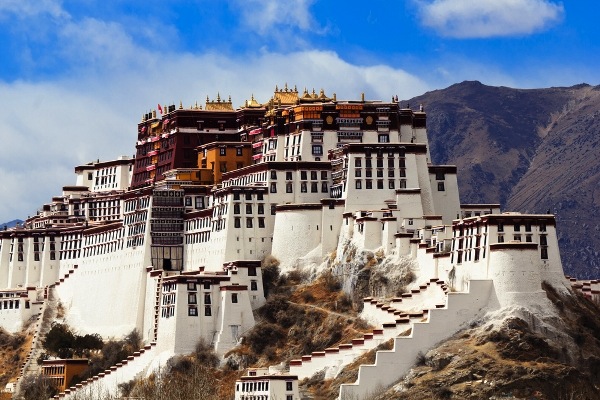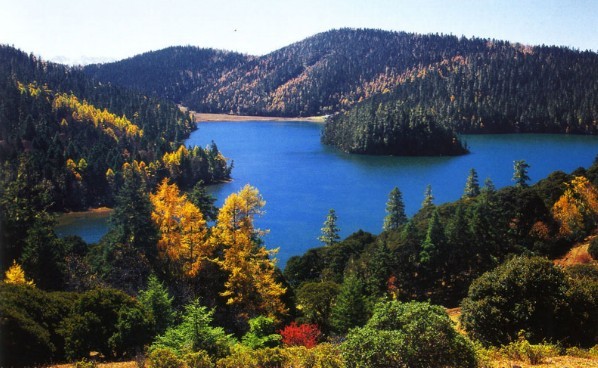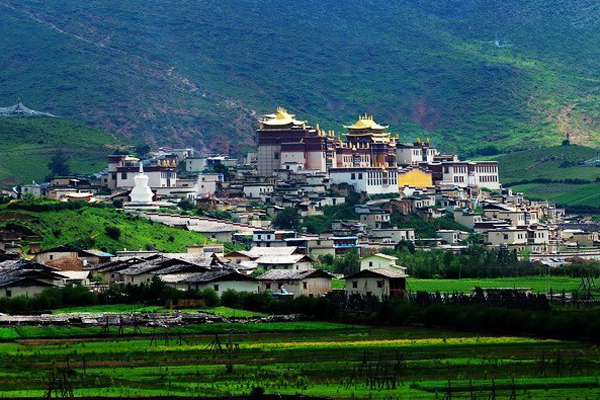With its millenary culture, exotic food, and fascinating landscapes, China is one the world’s greatest travel destinations. Because this Asian nation is the second largest country in the world, tourists often need to plan their trip well or focus on only one region in order to have an enjoyable travel experience. The province of Yunnan comes highly recommended, as its incredible ethnic and natural diversity can help visitors experience different landscapes and cultures without having to travel to and from.
Yunnan province is a good place to get close to the intriguing Tibetan culture. Shangri La, located in the north west of Yunnan, has been attracting visitors for decades thanks to its mysterious aura and impressive sights. If you are planning a trip to this natural wonder of the world, read on to learn some useful tips and information on this fascinating city.

Shangri La: what’s behind a name?
In popular culture, the name Shangri La has become synonymous with mysticism, natural beauty, and peacefulness, possibly thanks to the influence of renowned literary works like Lost Horizon.
[adsenseyu2]
The Chinese translation of this word means “the heart’s sun and moon”, which points at the strong spiritual nature of this part of the world. The local Chinese authorities capitalized on this fact in order to attract tourism, and in 2002 the city of Zhongdian was renamed as Shangri La.

Getting to Shangri La: transport options
The fastest and cheapest way of getting to Shangri La from Europe involves flying via a budget airline into Beijing and catching a connecting flight to Kunming, Yunnan’s capital city. There are three super cheap airlines that fly this route, and the trip takes approximately 3 and a half hours. Once in Kunming, two local airlines fly to Shangri La’s airport, and flying time is one hour. The most adventurous can take the scenic route from Kunming and travel by bus to Shangri La. Journeys take 12 hours.
Visiting Shangri La in Yunnan: practical information and popular activities
A valid Chinese visa is required by travelers of most nationalities and should be requested well in advance. Also, Shangri La is located at an altitude of almost 10,000 feet, so visitors are advised to keep in mind the effects of altitude. During the winter, snowfall and very low temperatures are common.
In addition to its famous Songzhalin monastery, Shangri La is the gateway to some truly spectacular natural scenery. The surrounding area is mountainous and is dotted with lakes, valleys, and unique natural wonders. Bitahai lake is 20 miles south of Shangri La, and is known among travellers for its photogenic turquoise waters. Boats are available for rent, and the area is perfect for hiking and horse riding.
A bit further away visitors can marvel at the unique geological landscape created by the Baishuitai terraces. The mineral deposits have been accumulating over the centuries to create terrace-shaped limestone formations where spring water is contained. The surrounding area is covered in lush green vegetation, which contrasts with the white color of the terraces.
Pudacuo National Park is a large UNESCO-protected area located less than one hour away from Shangri La town.
 Pudacuo is a paradise for plant lovers, as almost a quarter of all the species in China are found at the park. Shudugang lake makes for an interesting stop on the way to Bitahai lake, and the area is inhabited by several Chinese ethnic minority groups who have preserved their ancient traditions and folklore.
Pudacuo is a paradise for plant lovers, as almost a quarter of all the species in China are found at the park. Shudugang lake makes for an interesting stop on the way to Bitahai lake, and the area is inhabited by several Chinese ethnic minority groups who have preserved their ancient traditions and folklore.

